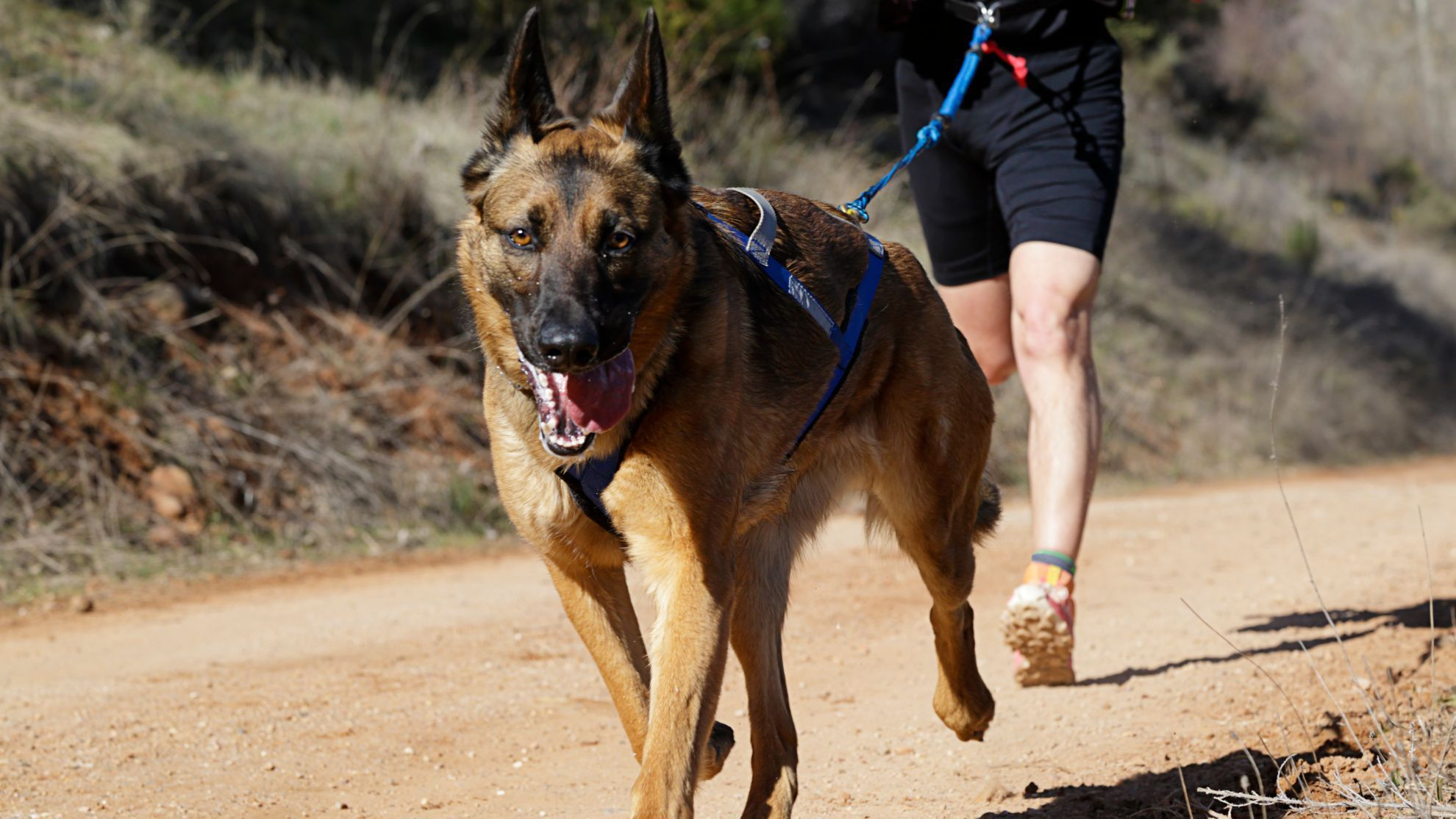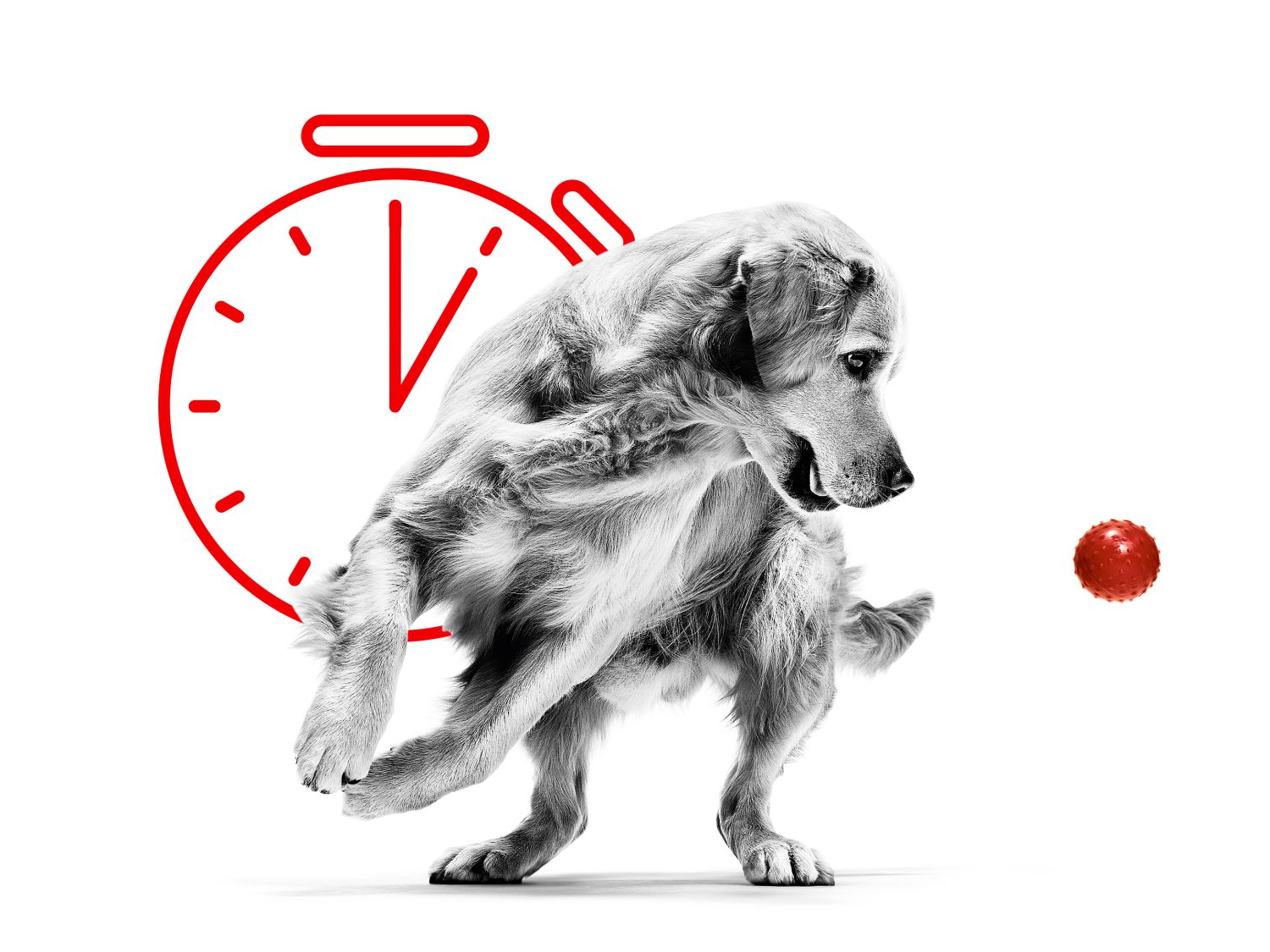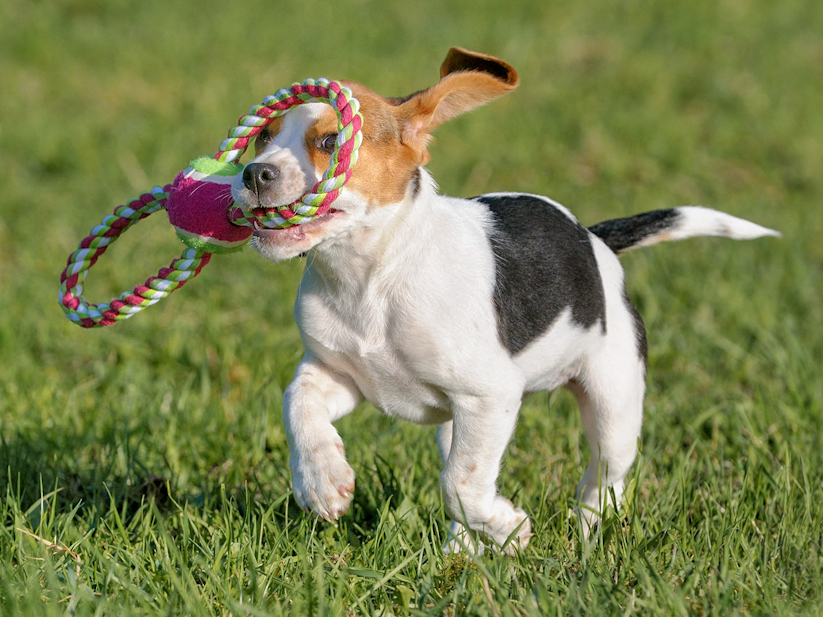Running dogs suited to active pet owners
The positives of running are well known: weight maintenance, toned muscles, endurance and improved cardiovascular health. Many dogs are well suited to running and can enjoy similar health benefits to humans. It’s also a way for pets and pet owners to spend more quality time together.
So it’s all-around good news if you love both running and dogs. Many active dog breeds will enjoy spending time outdoors, with the correct training of course. However, there are a few things to keep top of mind when choosing a dog to exercise with. They include their age, weather conditions and local climate, running surfaces, dedication to training and your typical running distance.
If high-energy dogs are top of your list, we’re here to help you find the best canine match.
Article

Going the distance: energetic dog breeds to match your pace
The most energetic dog breeds tend to include sporting and herding dogs. Generally speaking, these are high-energy dogs that have been purposely bred to excel at endurance. You may have already noticed while out running, but active breeds such as Labradors and Border Collies can be quite enthusiastic when it comes to exercise and exploring the great outdoors.
Before committing, make sure you understand the level of training required and materials involved, such as a dog running leash, for future adventures with your four-legged family member.
One general rule is that brachycephalic breeds and running are not the best match. Some examples of brachycephalic dogs include Pugs, Boxers, Bulldogs (French and English) and Boston Terriers. Because of the shape of their head, muzzle and throat, they are more prone to breathing difficulties and cardiac issues. As a responsible pet owner, we suggest consulting a vet, kennel club, or licenced dog sporting association to get precise information on how far your dog is comfortable going when jogging or running with you. It will help you take the best care of your pet.
Canine compatibility: how to choose the right dog breed
Choosing the right dog breed as a runner requires consideration. An energetic dog, such as a Border Collie or a German Shepherd, will be content with an active lifestyle because they have great stamina. There are also certain dog breeds that are better equipped to handle different weather conditions and trickier terrains. However, though the high-spirited Dachshund may be tireless, their short legs mean that distance running is out of reach.
Age is an important factor to consider when choosing a running dog breed. Puppies should definitely stay away from running long distances (as in, the way humans do for sport), in order to prevent orthopaedic damage. At this young age, their joints and bones are growing and developing at a rapid rate. In the same vein, surfaces such as concrete should also be avoided when your puppy or dog is young.
On the other end of the spectrum, if you adopt an older dog, it would be wise to not start them running before seeing the vet. While they may still have the enthusiasm for hiking or running, they may be unaware of their physical limits or experience joint issues. It is the responsibility of you, as a pet owner, to help your dog enjoy their preferred sporting activities without causing them any harm.
Once you have found your canine running companion, book an appointment with your vet for a health check-up. It is important to know your dog’s physical status to understand what type of activity suits them best.
Little or large? Running dogs by size
Small-breed running dogs
Begin your journey into the world of dog breeds, here:
Medium-sized running dogs
Explore our medium dog breed library, here:
Large running dogs
Dive into our comprehensive large dog breed library, here:
Ready to go running?
A final word
If you’d like your dog to have the opportunity to run off-leash, you’ll need to consider whether they have a strong prey drive or not. By this, we mean they’re highly attuned to other animals around them. So, they may focus their attention on smaller dogs or birds that cross their path.
For example, the Siberian Husky, the Greyhound and the Vizsla are three active dog breeds that make great running partners but have a high prey drive. No matter how much training you commit to, it is not possible to completely mute a dog bred for sport’s innate prey drive. However, there are some techniques that can help curb them. If you have an enclosed garden or outdoor space, you can use games to safely channel their instincts so they’ll learn to focus on you. Establishing a strong recall with your dog can be useful.
However, if your dog is going to be in an outdoorsy area with exciting new scents, the safest and kindest thing to do is to put them on their leash. If the worst happens and they run off, make sure their collar contains their name, as well as your contact details. This will help them to be safely returned to you.
Related Articles
Like & share this page

